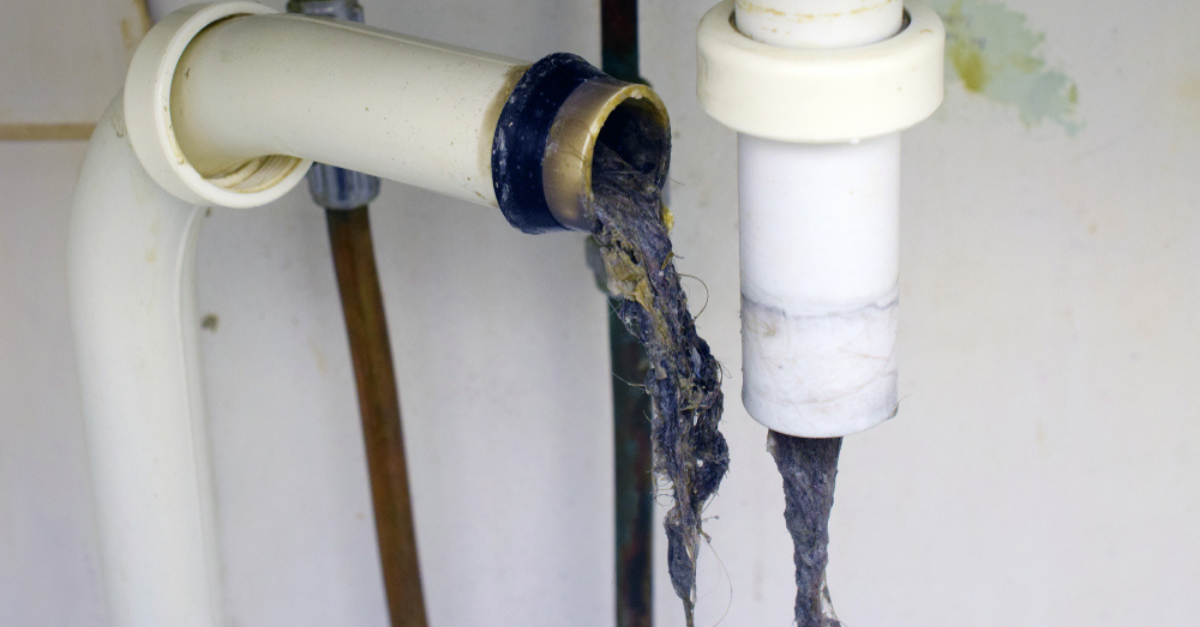Integrating Sensor Networks for Continuous Water Monitoring
Continuous water monitoring through integrated sensor networks offers consistent visibility into pipes and infrastructure conditions. This approach combines moisture, acoustic, thermal and ultrasonic sensing with networked data collection to support timely inspection and targeted repair decisions.

Continuous monitoring of water systems combines multiple sensor types and networked data to detect leaks early, prioritize inspections, and guide repairs. By placing sensors on pipes, near valves, and across building infrastructure, facility managers and utilities can convert periodic checks into ongoing visibility. This continuous perspective helps identify slow leaks, moisture accumulation, and anomalous flow patterns while preserving historical context for trend analysis and maintenance planning.
How do sensors monitor water and moisture?
Water and moisture sensors are among the simplest components in a continuous monitoring strategy. These devices can detect surface moisture, rising humidity, or standing water and report state changes to a local gateway. In buildings, moisture sensors installed near fixtures, appliances, and beneath slabs provide early signs of leaks before visual damage appears. In distribution infrastructure, soil moisture and subsurface probes help indicate leaks in buried pipes. Modern sensors often include connectivity options such as low-power wide-area networks or Wi-Fi, enabling frequent reporting while conserving battery life and supporting remote inspection workflows.
Detecting leaks in pipes and plumbing systems
Leak detection along pipes and within plumbing systems benefits from a layered sensing approach. Flow and pressure sensors reveal deviations from expected profiles that suggest leaks, while point sensors detect moisture where it first appears. Sensor arrays can be placed at strategic junctions, service connections, and within risers to localize anomalies. For buildings, combining inline flow data with localized moisture readings reduces false positives from legitimate water use. Integration with inspection records and asset maps improves the ability to schedule targeted inspections and plan repair interventions with minimal disruption to occupants or operations.
What roles do acoustics and ultrasound play?
Acoustic and ultrasonic techniques listen for the signatures of pressurized leaks in pipes. Acoustic sensors capture vibrations transmitted through pipe walls and surrounding mediums; signal processing and pattern recognition help distinguish leak sounds from ambient noise. Ultrasonic sensors, which operate at higher frequencies, can detect microbubbles and turbulent flow associated with small leaks and can be used on pressurized joints and valves. These methods are particularly useful in metallic and plastic pipe networks where sound transmission is reliable. Acoustic monitoring complements other sensors by providing spatial clues about leak location when combined with time-synchronized data across a sensor network.
Can thermal sensing improve inspection accuracy?
Thermal sensors and infrared imaging identify temperature anomalies caused by escaping water or changes in soil moisture and heat transfer near buried pipes. Leaking hot water lines are often visible as warm streaks or hotspots when inspected with thermal cameras during routine inspections or mounted thermistors for continuous observation. In cold climates, thermal monitoring can also indicate frozen or partially frozen sections that may precede ruptures. Thermal data should be correlated with moisture, pressure, and acoustic inputs to reduce false positives caused by unrelated thermal sources such as electrical equipment or sunlight.
How do sensor networks support monitoring and infrastructure data?
Sensor networks aggregate diverse inputs—moisture, acoustic, thermal, pressure, and flow—into centralized platforms that enable continuous monitoring and analytics. Gateways collect and transmit data securely to cloud or edge systems where algorithms flag anomalies, generate alerts, and produce dashboards for maintenance teams. Network topology and redundancy matter: mesh networks can route around node failures, and synchronized timestamps allow cross-sensor correlation to improve localization accuracy. Integrating sensor data with geographic information systems (GIS) and asset inventories provides context for inspection crews and helps prioritize infrastructure repairs based on risk and operational impact.
When should repairs be triggered by monitoring alerts?
Repair decisions should balance sensor evidence, inspection results, and operational priorities. Thresholds can be configured for automatic alerts—such as rapid pressure drops, persistent moisture accumulation, or confirmed acoustic signatures—while lower-priority indicators may prompt scheduled inspections. A structured workflow pairs alerts with inspection checklists and historical data so that teams can validate issues before committing to disruptive repairs. Using monitoring to guide triage improves resource allocation and reduces unnecessary interventions, while maintaining safety and infrastructure integrity through timely, data-driven responses.
Integrating sensor networks for continuous water monitoring offers a systematic way to detect leaks, prioritize inspections, and support targeted repairs across buildings and larger infrastructure. A successful implementation combines multiple sensing modalities, reliable communications, and analytic workflows tied to maintenance practices. Continuous data streams provide trend visibility that periodic inspections alone cannot, helping stakeholders manage risks, extend asset life, and make informed decisions about inspection and repair scheduling.






